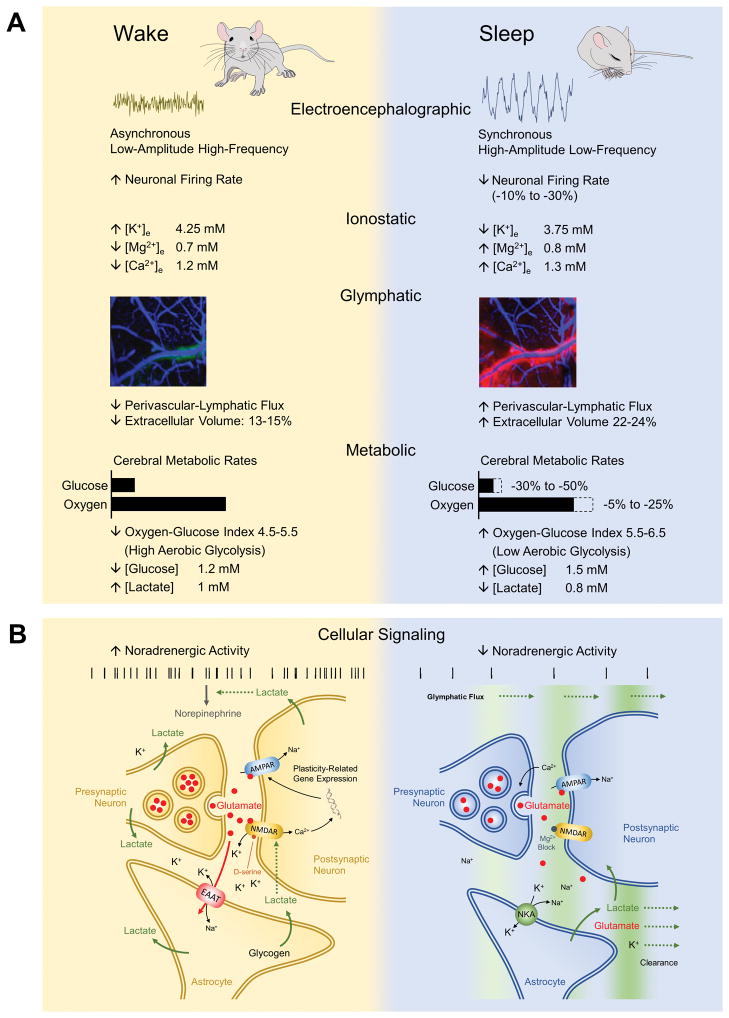Figure 1. Physiological correlates of brain state changes across the sleep-wake cycle.
(A) Electroencephalographic, ionostatic, glymphatic and metabolic features of wakefulness and sleep states. Sleep is characterized by the appearance of synchronous slow wave activity underlying a reduction in neuronal firing rate and reshaped firing patterns. Neuronal excitability is suppressed through alterations in interstial fluid ion composition as well as glymphatic clearance of neuroactive compounds. These events are accompanied by a metabolic shifts from elevated aerobic glycolysis during wakefulness to more oxidative metabolism during sleep. Approximate values of main cerebral ions and metabolites are shown. (B) Schematics of state-dependent astrocyte-neuron interactions. Noradrenergic tone drives state transitions and maintains brain state by acting at different targets, including ionostatic and glymphatic control systems. During wakefulness, neuronal and astrocytic metabolism is characterized by high rates of aerobic glycolysis, glycogen degradation and lactate production in a NE-dependent manner. Lactate in turn potentiates NE release by noradrenergic terminals and it is involved in NMDAR-mediated synaptic plasticity mechanisms and expression of plasticity-related genes. During sleep, suppression of noradrenergic activity enhances glymphatic clearance of lactate and possibly also glutamate and K+. Clearance is facilitated by increased extracellular space volume (i.e. reduced intracellular volume) and decreased synaptic coverage by astrocytic processes. K+ is also sequestrated by astrocytic NKA, which contributes to the decreased extracellular K+ and associated neuronal excitability underlying sleep. In this state, increased levels of extracellular Ca2+ and Mg2+ enhances release probability of vesicles (possibly with reduced quantal content) while blocking NMDAR activation, thereby changing synaptic plasticity rules. EAAT, excitatory amino acid transporter; NMDAR, N-methyl-D-aspartate receptor; AMPAR, α-amino-3-hydroxy-5-methyl-4-isoxazolepropionic acid receptor; NKA, Na+/K+-activated adenosine trisphosphatase.

